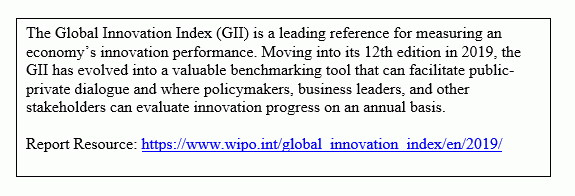 The worrying thing is within any dynamics within the system they are dominated by the slow components, and the rapid components simply have to follow along. Look at how larger organizations operate when they are discovering and learning. It seems to take for ever.
The worrying thing is within any dynamics within the system they are dominated by the slow components, and the rapid components simply have to follow along. Look at how larger organizations operate when they are discovering and learning. It seems to take for ever.
They will often wait while one part of the organization is reluctant to make a decision, even when their part of the ‘collective’ decision is not one that has real implications, it is that ‘they’ expect to be within the decision loop and will undermine any deicsion they were not partly too. So many ‘breaking opportunities’ get caught out in the lack of dynamics or that real energy and purpose to decide. It goes into a perpetual loop.The opportunity becomes a struggle to execute upon.
“Slow constrains quick, slow controls quick”.
The only way to ensure speeding up is to be more coherent on the purpose, clarify the bounds and governing principles that need to be enacted and expect delivery on a clear, set timing. If one part simply ‘sits and waits’ what chance do you have of injecting something that might have a real impact, it gets reduced down, it gets pushed back, to a point where an original idea is unrecognizable when it finally emerges. Continue reading “Dynamics within the system are always dominated by the slow components.”









